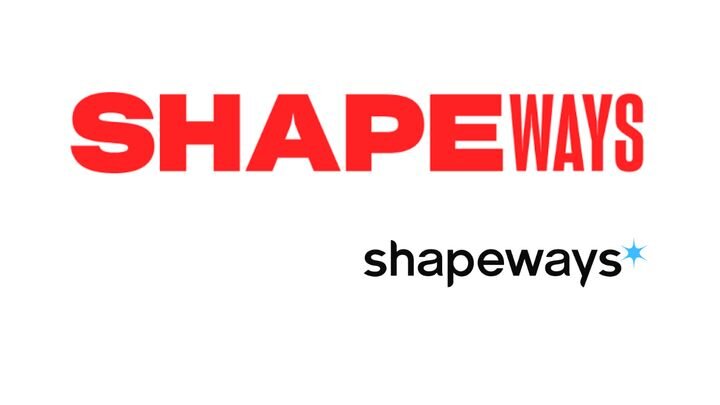
Shapeways was one of the first 3D print services well-known to the public, but they’ve been slowly undergoing a change.
Shapeways For Consumers
The service was created in 2008, just at the beginning of the consumer craze in 3D printing. At the time it was thought by many that with the expiration of certain early 3D printing patents, consumers would soon be able to make extensive use of the technology.
Many 3D printer companies launched at that moment hoping to cash in on the expected boom, including MakerBot, Ultimaker and others. One of those companies was Shapeways.
Shapeways wasn’t making 3D printers, but instead offered 3D print services to the public, no doubt expecting the same level of interest as the 3D printer manufacturers. Over the years Shapeways gradually improved their offering by attempting to address those consumer needs. For example, they created the idea of an online marketplace where artists could sell their designs to the public, but use Shapeways 3D printing tech behind the scenes.
I even visited Shapeways’ Brooklyn operation way back in 2013. At the time, it was clear that many of the parts being produced were essentially for consumer purposes.
3D Printing Pivots
But then things changed in the industry. Consumers turned out not to have much interest in the technology, largely because of a lack of a compelling application and the general unreliability and difficulty to use the machines of the day. Investment went elsewhere, leaving many 3D printing startups in limbo.
Many fell, but others pivoted to new markets and some became quite profitable and large, an example being Ultimaker.
3D Hubs Transformation
One of the companies caught in this dilemma was 3D Hubs, a 3D printing service network. They began operations in “consumer mode”, but eventually realized this was not profitable. Then, only a couple of years ago they made a massive shift in strategy and began to address the industrial market by leveraging what they had built thus far. This was not met well by their then-large consumer-oriented network, but it was the right decision for the company. Today they are growing strongly.
Shapeways Transformation
Another company in almost the same situation is Shapeways. Beginning from their consumer orientation, they have had to shift to a different market. However, their transition seems to have been a lot more subtle than that of 3D Hubs.
Today you can still access the Shapeways marketplace, as designers still maintain their collections of products, ready to be 3D printed on Shapeways’ systems. The marketplace still holds plenty of designs for RC cars, gaming, figurines, jewelry, home gadgets and other consumer-oriented items. However, the marketplace no longer seems to be the focus of their site anymore, at least visually.
In fact, a scan through their home page shows almost no mention of consumer-oriented models or services. However, you do see mentions like these:
-
Build Your Business
-
Business Solutions
-
Manufacture High Quality Products
-
Trusted by Businesses Around The World
-
Advanced manufacturing and fulfillment
-
Scale your business
If you don’t hit the “Marketplace” button, you’d have no idea Shapeways provided consumer-oriented 3D prints. They seem to have shifted their focus to the small business market, where occasional 3D prints are required in low volumes but made high quality on professional 3D printing gear.
Shapeways Strategy
Is this the right path for Shapeways? I think it could be, given the market conditions. Virtually every other 3D printing company has re-focused their operations on professional or industrial markets, or they died.
But unlike 3D Hubs, Shapeways retains some of their history by continuing with their marketplace. This is also a good strategy, as there really is no reason to shut it down; it simply provides more transactions to push through their 3D printing infrastructure. It’s just that the consumer segment won’t grow significantly, so they need to push new kinds of transactions through their systems.
This is because Shapeways operates a lot of their own equipment and it’s important to have the machines running as much as possible. More transactions are welcome as they can fill in the gaps when industrial customers are idle. 3D Hubs, on the other hand, does not operate their own equipment as they are a network of other folks’ machines.
At this point in the ongoing history of 3D printing, it seems that all of the major players have now switched out of consumer mode and now focus on professional and industrial applications.
Via Shapeways

